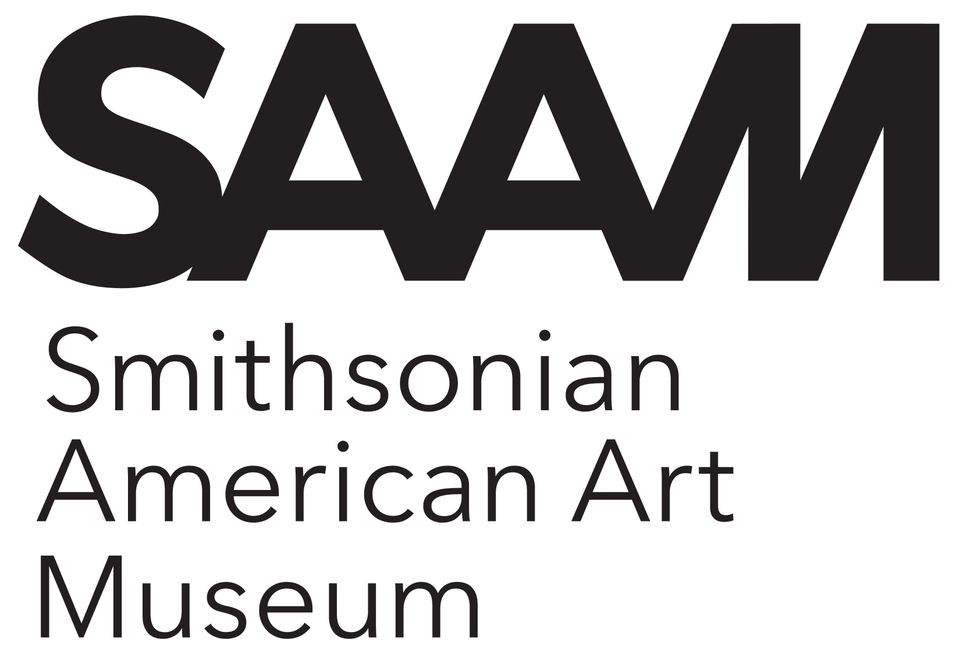Ross Barrett Receives the 13th Annual Frost Essay Award for His Article About John Quidor’s ‘Money Diggers’ and Land Speculation
The editorial board of American Art, the Smithsonian American Art Museum’s peer-reviewed journal for new scholarship, has awarded the 2016 Patricia and Phillip Frost Essay Award to Ross Barrett for his article, “Bursting the Bubble: John Quidor’s ‘Money Diggers’ and Land Speculation,” which appeared in the spring 2016 issue (vol. 30, no. 1). The jurors praised Barrett for “opening new, productive lines of inquiry about landscape painting that go well beyond our conventional understanding of the genre’s relationship to western expansion.”
The Frost Award recognizes excellent scholarship in the field of American art history by honoring an essay, published the previous year in American Art, that advances the understanding of the history of the arts in America and demonstrates original research and fresh ideas. The award, established in 2004, is presented annually to the author of the most distinguished contribution to the journal and carries a $1,000 prize. Funding for this award is made possible through the Patricia and Phillip Frost Endowment.
Each year, a jury of three members of the journal’s editorial board selects the winner from articles and commentaries published in American Art during the previous calendar year. The 2016 jurors were Elissa Auther, Windgate Research Curator at the Museum of Arts and Design and the Bard Graduate Center in New York; Martin Berger, acting vice provost for academic affairs and professor of the history of art and visual culture at the University of California, Santa Cruz; and Emily Ballew Neff, executive director of the Memphis Brooks Museum of Art.
The jurors wrote of the prize-winning article, “Barrett provides a novel reading of a well-known painting that makes sophisticated use of a range of disparate evidence. Using visual evidence drawn from both high art and advertising, economic history, literature and biography, his well-written article throws new light on Quidor’s art and era. Pivoting the discourse, Barrett’s analysis is centered upon the unnerving and oppressive realities of real estate development and finance, and in the case of Quidor, the artist’s own activity as a land speculator to underwrite his career as an artist. Barrett offered a thesis that was highly original and ultimately convincing of Quidor’s ‘The Money Diggers’ (1832, Brooklyn Museum) as an allegory of real estate speculation in the 19th century and the role that painting can play in its interrogation.”
Barrett is an assistant professor in the history of art and architecture at Boston University. A specialist in American art and visual culture, he is especially interested in understanding how artists navigated the political crises and economic transformations of the 19th and 20th centuries. He is the author of Rendering Violence: Riots, Strikes, and Upheaval in 19th-Century American Art (University of California Press, 2014) and was co-editor with Daniel Worden of Oil Culture (University of Minnesota Press, 2014). Currently, he is working on a book about American artists who painted landscapes and speculated on real estate in the 19th century. Barrett received a doctorate from Boston University in 2009, master’s degrees in art history and museum studies from Syracuse University in 2002 and a bachelor’s degree from the University of Notre Dame in 1999.
The journal American Art is part of the museum’s active publications program, which also includes books and exhibition catalogs. It is produced by the museum’s Research and Scholars Center, which also administers fellowships for predoctoral, postdoctoral and senior scholars and offers unparalleled research databases and extensive photographic collections documenting American art and artists.
Information about subscribing, purchasing single issues or submitting articles to the journal, which is published for the museum by the University of Chicago Press, is available online, www.press.uchicago.edu/ucp/journals/journal/amart.html. A complete list of past Frost Essay Award winners and additional information about the award are available on the museum’s website, americanart.si.edu/research/awards/frost.
# # #
About the Smithsonian American Art Museum and its Renwick Gallery
The Smithsonian American Art Museum is the flagship museum in the United States for American art and craft. It is home to one of the most significant collections of American art in the world. The museum’s main building, located at Eighth and G streets N.W., is open daily from 11:30 a.m. to 7 p.m. The museum’s Renwick Gallery, a branch museum dedicated to contemporary craft, is located on Pennsylvania Avenue at 17th Street N.W. and is open daily from 10 a.m. to 5:30 p.m. Check online for current hours and admission information. Admission is free. Follow the museum on Facebook, Instagram, LinkedIn and YouTube. Smithsonian information: (202) 633-1000. Museum information (recorded): (202) 633-7970. Website: americanart.si.edu.














